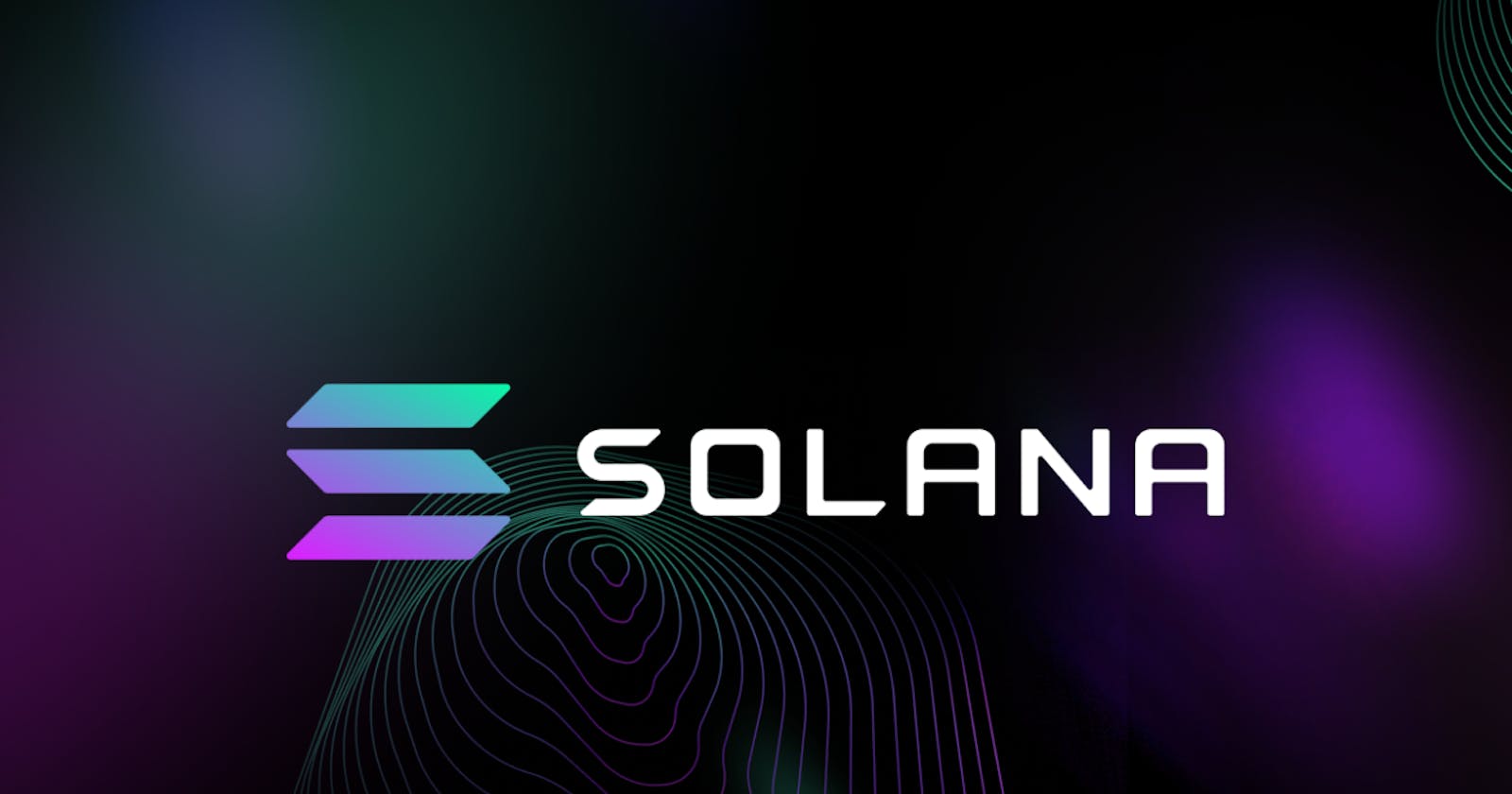Introduction
Solana is a blockchain platform that has been making waves with its unique approach to scalability, performance, and developer-friendly environment. In this blog, we'll delve into the Solana ecosystem, exploring its origins, key features, and how it distinguishes itself from established players like Ethereum and Bitcoin.
Solana, launched in March 2020, is a high-performance blockchain designed to provide fast and low-cost transactions, making it an attractive choice for decentralized applications (DApps) and decentralized finance (DeFi) projects. Developed by Anatoly Yakovenko, a former Qualcomm engineer, Solana aims to tackle the scalability issues faced by earlier blockchain networks.
Key Features
High Benchmarks- Solana stands out for its impressive throughput, capable of processing over 65,000 transactions per second (TPS). This high throughput is achieved through a unique combination of technologies, including a novel consensus mechanism called Proof of History (PoH) and a fast and efficient replication mechanism.
Proof Of History- is Solana's innovative approach to secure time on the blockchain. It timestamps transactions before they are included in a block, allowing for better scalability without compromising security. This helps in ordering transactions efficiently and reduces the need for all nodes to agree on the order.
Low Gas/Transaction Fees- Solana's architecture allows for low transaction fees, making it an attractive option for developers and users. The network's efficiency enables cost-effective transactions, particularly in comparison to networks that face scalability challenges.
To Learn more about Solana's Key Features, you can read the Official Whitepaper by Clicking Here.
Why Solana, if Ethereum & Bitcoin Already Exist?
Scalability- Ethereum has faced challenges related to scalability, leading to congestion and higher gas fees during peak times. Solana, with its high throughput, aims to provide a scalable solution, outperforming both Ethereum and Bitcoin in terms of transaction speed.
Consensus Mechanism- While Ethereum is transitioning from Proof of Work (PoW) to Proof of Stake (PoS) with Ethereum 2.0, Solana utilizes a unique combination of PoH and Proof of Stake to achieve consensus. Bitcoin, on the other hand, continues to rely on the energy-intensive PoW.
Developer-Friendly- Solana's focus on developer experience is evident through its support for popular programming languages like C, C++, and Rust. This allows developers to transition more seamlessly to Solana, attracting a diverse range of projects to the ecosystem.
Some Other Perks Of Solana
Defi- Solana has become a hub for decentralized finance, offering a range of DeFi applications and platforms. Projects such as Serum and Raydium leverage Solana's speed and low fees to provide efficient decentralized trading and liquidity provision.
NFT Ecosystem- Solana ecosystem has embraced the Non-Fungible Token (NFT) trend, with platforms like SolSea and Solible gaining popularity. Solana's fast and cost-effective transactions make it an ideal choice for NFT artists and collectors.
Exponential Growth- Solana's ecosystem is expanding rapidly, with a growing number of projects and partnerships. The Solana Foundation actively supports development through grants and initiatives, fostering innovation within the ecosystem.
I hope that you must have found this article quite helpful. If yes, then do give a read to some of my other articles!
Who knows you might become a great programmer 🤔!
